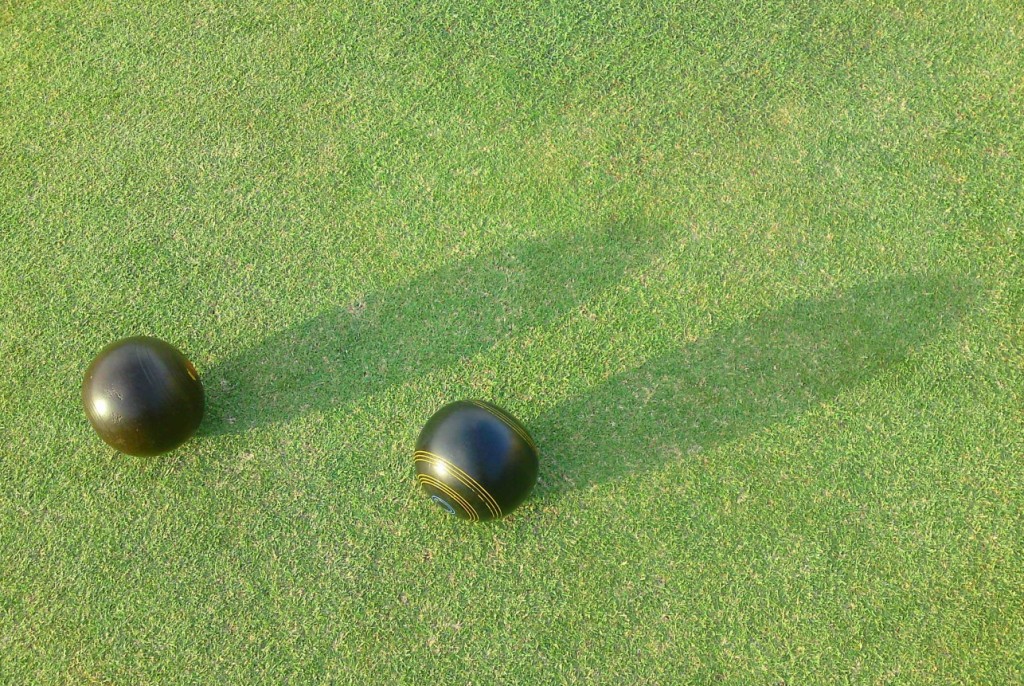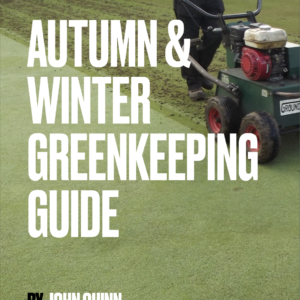I get a load of email every week asking about the best way to fix a bowling green and you would imagine that it is difficult to give advice that applies to all circumstances and of course this is correct, but only to a certain extent.
I believe it is possible to give advice that is applicable to almost every bowling green, at least in the UK, but of course there is a caveat…or actually 2 caveats.
How is it possible to claim this? Because, every green that is experiencing difficulties is at some stage of what I have called the Circle of Decline. If you’ve been a regular here for any length of time you will have experienced me banging on about the Circle of Decline. So, to give good advice, it is only necessary to know where we are starting from.
Performance Bowling Greens goes through this process step by step.
To the caveats:
- You must be prepared to do some investigative work to find out what stage your green is at.
- You must be prepared to listen to what your observations tell you and accept that there is no miracle cure you can buy in a bag or a bottle regardless of what the salesman says and regardless of how attractive this road sounds compared to what I’m going to recommend.
Assuming that all of the above is understood and agreed, we can move on to today’s simple task:
Step 1. Find out what you’ve got:
So lets see if I can help you to fix your bowling green!
The best way I know of starting this is to have a look at what’s going on under the turf and you can get a good idea of this by taking a deep profile sample that will show you a cross section through the green. The best method is to use a sampler like the one below:

You are looking to establish the depth of the thatch layer, any distinct layers in the profile, any funny smells from it and how moist or dry it is. If you can get a deep sample (deeper than 150mm/6″) you should be able to see the contrast between the natural soil the green was built with and the “improved horizon” (top 100mm/4″) where all of the top-dressing has been going over the years. You should also be able to detect any hard, compacted pans as you try to get the sampler in. Make a note of the depth of any noticeable hard layers.
Take several samples across the green and note down what you see with reference to the above points. If you can take a sample across the boundary of a normal area/brown area you might be able to see a marked difference in the conditions below the turf. A sample taken from an LDP affected area will typically fall apart as the soil will be powdery dry.
Let me know what you find out and send photos if you can. You can send it all direct to me using the contact form.
That’s it! That’s all you have to do this weekend…easy eh?
Next time we will analyse the sample to see if we can identify any problems. Happy digging! (a border spade will do in place of a soil sampler)




Sir our greenkeeper has retired and we are taking over the job of looking after the green. We have another greenkeeper but he is expensive and he made a balls of one of the greens last year. He has told us he has set out a program for the coming season and it involves scarrfing at least once a month now we think that this is far too often. We will be scarrifying our green in March and not again until September or October (unless of course it warrants a scarrify) is this correct. We have a brand new machine with two cassettes and our old greenkeeper will give us advice.
Hi Roy
Decisions on scarifying will be dictated by the levels of thatch in the green. If you can ascertain the thatch depth and any other problems using the guide in the article above I will be able to help further.
Also if you have a recent soil analysis I can have a look at, that would be useful too.
Regards
John
hi, our bowling green gully is in need of repair, we aim to do this our selves, could you please recommend the best materials for this, ie astro turf quality. rubber membrane for shock absorbance and timber type. regards mick. cliffe bowls club.
Hi Mick
This isn’t my everyday line of expertise.
Might be worth having a word with the people at Sportsmark
Thanks
John
John,
Where can you buy a sampler which seems more professional than a spade since it will be used each year?
Julian.
Here
John,
Would like to purchase deep sampler.
Invoice to me.
Julian Crabb
Hi Julian
For the one in the photos you can buy these from BMS here: https://www.bmsproducts.com/shop/turf-care/agronomist-tools/soil-profile-sampler/
Also have a look at the Greenkeepers friend here: Greenkeeper’s Best Friend (Soil Sampler)
Regards
John